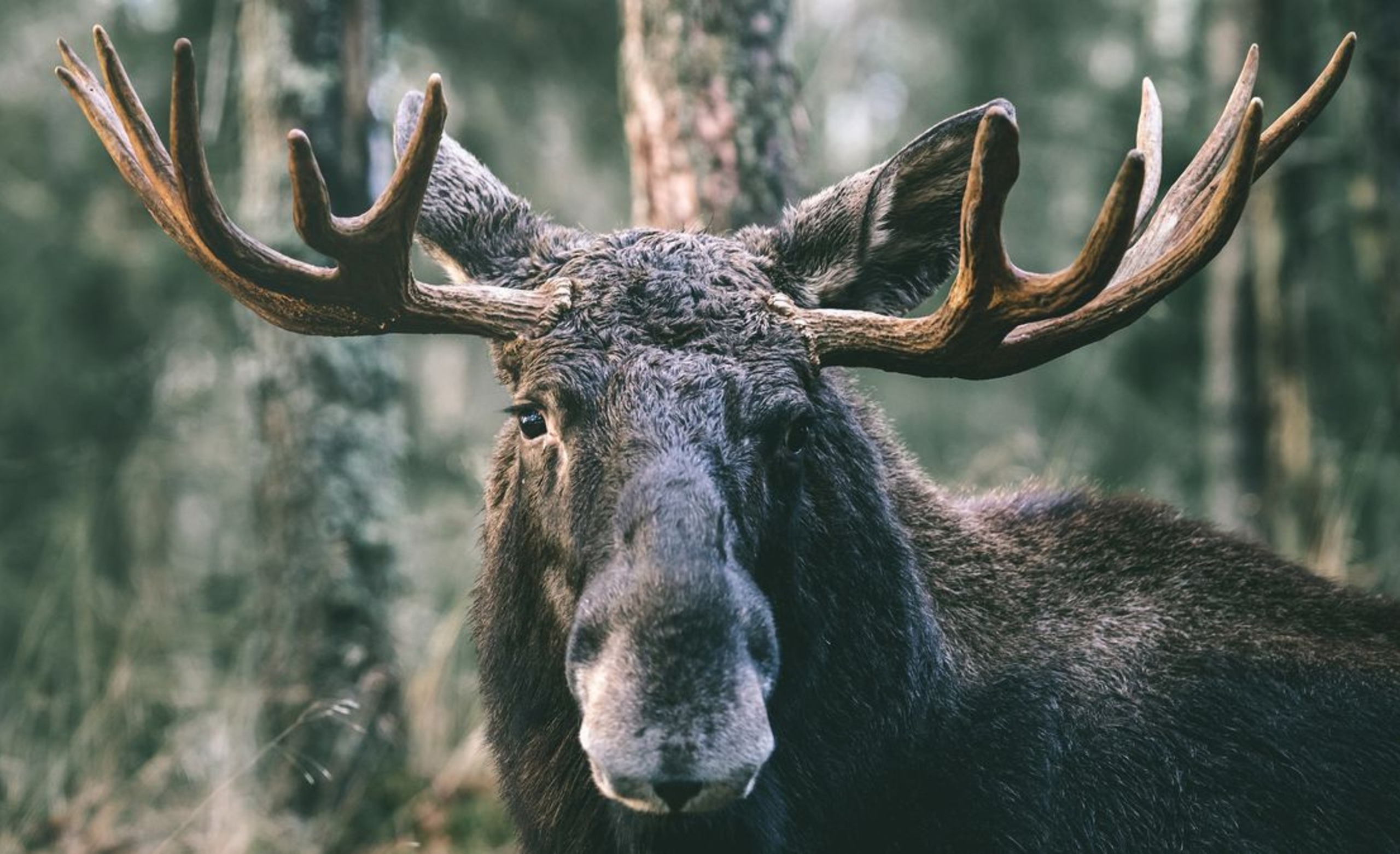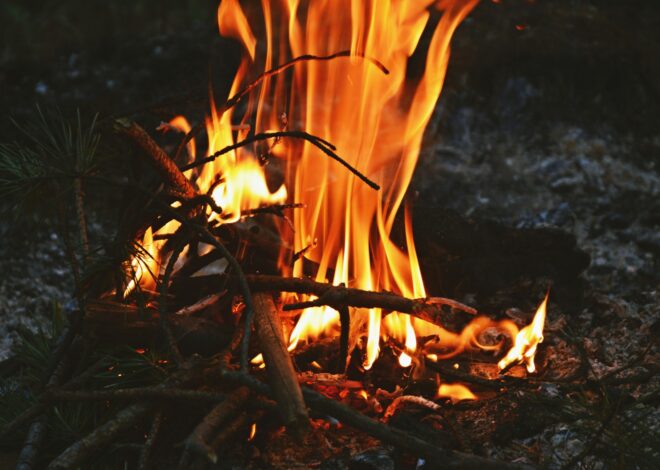
How To Survive A Moose Attack
Welcome to the ultimate guide on how to survive a moose attack. Picture yourself hiking through a pristine forest, the crisp air rejuvenating your senses as you venture deeper into nature’s embrace. Suddenly, a majestic moose comes into view – powerful and awe-inspiring.
While these gentle giants are typically peaceful creatures, encountering one in the wild can be an exhilarating yet potentially risky experience. To ensure your safety and know how to survive a moose attack, let’s delve into essential tips and strategies that could make all the difference in such a rare but critical situation.
Understanding Moose Behavior
Moose are the largest members of the deer family, known for their towering stature and distinctive antlers. These herbivores typically inhabit forested areas near water sources, where they graze on vegetation like aquatic plants and twigs.
Understanding moose behavior is crucial for staying safe in their presence. During mating season, which occurs in autumn, bull moose can become more aggressive as they compete for mates. Cow moose are fiercely protective of their young calves and may charge if they feel threatened.
It’s essential to give these magnificent animals plenty of space and observe them from a distance to avoid any potential conflicts. Familiarizing yourself with moose habits and body language can help you anticipate their actions and react accordingly in the wild.
Avoiding Encounters with Moose
When it comes to avoiding encounters with moose, prevention is key. Moose are typically found in forested areas and near bodies of water, so staying alert in these environments is crucial.
One way to minimize the chances of a surprise encounter is by making noise as you move through the wilderness. This can be as simple as talking loudly or clapping your hands to alert nearby wildlife of your presence.
Additionally, keeping dogs on a leash while hiking can help deter moose from approaching, as they may perceive unleashed dogs as a threat. It’s important to give moose plenty of space and avoid getting between a mother and her calf.
Being aware of your surroundings and respecting the natural habitat of these majestic creatures goes a long way in preventing potentially dangerous interactions. By taking these precautions, you can enjoy nature safely while minimizing the risk of encountering a moose up close.
What to Do if You Encounter a Moose
Imagine you’re out in the wilderness, enjoying a peaceful hike when suddenly, you come face to face with a moose. Stay calm – that’s the first rule. Do not startle or provoke the moose; instead, speak softly and move slowly.
If the moose appears agitated or starts to stomp its hooves, back away slowly while keeping your eyes on it. Give the moose plenty of space to avoid feeling threatened. Avoid sudden movements and never approach a moose too closely. Remember, they are wild animals and should always be treated with caution and respect.
In case the moose charges towards you, find cover behind a tree or large object if possible. Try to put as much distance between yourself and the animal as you can without turning your back on it. Above all else, prioritize your safety by staying aware of your surroundings at all times when in moose territory.
Identifying Signs of Aggression in a Moose
Moose are typically docile creatures, but when they feel threatened or provoked, they may exhibit signs of aggression. One key indicator is a lowered head with ears laid back and raised hackles along the neck. If you notice a moose displaying these behaviors, it’s best to slowly back away without making direct eye contact.
Another sign of aggression in moose is stomping their feet or pawing the ground while snorting or grunting loudly. These actions often precede a charge, signaling that the moose feels threatened and is preparing to defend itself. In such situations, it’s vital to give the animal plenty of space and avoid any sudden movements that could escalate the situation further.
Additionally, if a moose starts licking its lips repeatedly or shows whites around its eyes, it may be feeling stressed or agitated. Recognizing these subtle cues can help you assess the mood of the moose and take appropriate measures to prevent an attack. Remember, staying calm and avoiding confrontation is key when dealing with an aggressive moose in the wild.
How to Protect Yourself During an Attack
When facing a moose attack, it’s crucial to stay calm and focused. Do not run as this can trigger their instinct to chase you down. Instead, slowly back away while keeping your eyes on the moose. Avoid making sudden movements or loud noises that can startle them further.
If the moose charges towards you, try to find a large tree or rock to hide behind for protection. Keep something solid between you and the moose while also trying to keep a safe distance.
Using bear spray can be effective in deterring an aggressive moose. Aim for their face if they get too close but only as a last resort when all other methods have failed.
Remember, staying composed and knowing how to react in such situations can greatly increase your chances of surviving a moose encounter unharmed.
After the Attack
After surviving a moose attack, it is crucial to seek immediate medical attention regardless of the severity of your injuries. Even seemingly minor wounds can lead to infection if not properly treated. Remember, your health and well-being come first.
Once you have received medical care, it is important to report the incident to the relevant authorities. By reporting the attack, you not only help ensure that proper steps are taken to prevent future encounters but also contribute valuable data for wildlife conservation efforts.
When reporting the incident, provide as many details as possible about the encounter. This information can help wildlife officials better understand moose behavior and potentially prevent similar incidents in the future. Your report could make a difference in ensuring both human safety and wildlife welfare.
Remember that seeking medical attention and reporting the incident are essential steps after surviving a moose attack. Stay proactive in taking care of yourself and contributing to wildlife management efforts for a safer coexistence with these majestic animals.
Conclusion
Being aware of moose behavior and knowing how to react in case of an encounter can greatly increase your chances of surviving a moose attack. Remember to stay calm, avoid startling the animal, and slowly back away if you find yourself too close to a moose.
If unfortunately attacked, protect yourself by finding cover or using any available means to create distance between you and the moose. Seek medical help immediately after an attack and report the incident for proper documentation and prevention measures.
By staying informed and prepared, you can minimize the risk of encountering dangerous situations with these majestic yet unpredictable creatures in their natural habitat. Stay safe out there!



